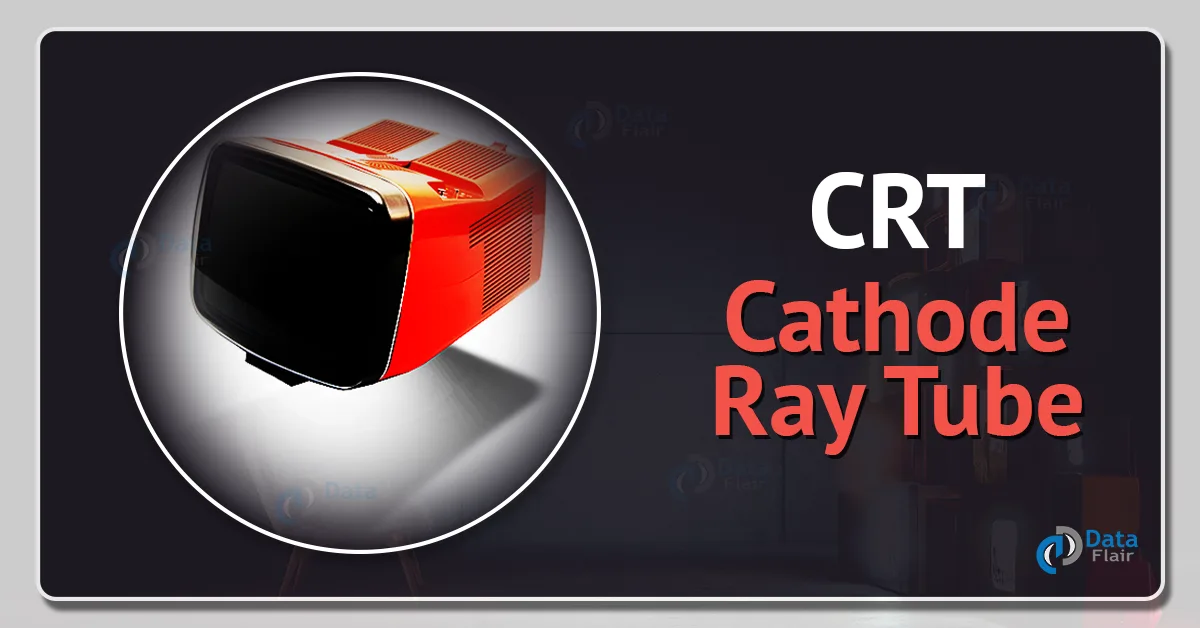FREE Online Courses: Click for Success, Learn for Free - Start Now!
What is the full form of CRT?
CRT stands for Cathode Ray Tube that is a vacuum tube with a fluorescent projector that produces a trace of an electron beam. And the induced magnetic and electric fields deflect this electron beam. A CRT translates electrical signals into visual images. The cathode rays (electron particle beams) are easy to generate and the electrons orbit each atom and travel in the form of electric current from atom to atom.
Working of Cathode Ray Tube
Electrons accelerate from one end to the other end of the tube using an electric field within a CRT. The electrons lose all their energy due to their velocity when they reach the far end of the tube and this converts into other forms (like heat). A minimal amount of heat gets transferred into X-rays.
The electron beams, whether interlaced or not, travel around the screen and strike phosphorus dots inside the glass tube that light up and project onto the display. Electrons have three weapons namely, green, red, and blue.
Mounting of a speaker or other magnetic instruments near a CRT display causes interference. This happens due to the magnetic charges that demonstrate the direction of electrons. We don’t use these magnetic charges in LCDs and flat screens, that’s why they don’t solve issues of interference occurrences.
Basic parts of CRT
1. Electron Gun: It generates a stream of electrons.
2. Anodes: It accelerates electrons.
3. Vertical and Horizontal Deflection Panels: They produce low-frequency electromagnetic fields needed to modify the regulation of electron beams.
4. Fluorescent display: Made with phosphor, it generates light when the light strikes upon it.
5. Evacuated Glass Envelope: It assembles/carries the entire CRT.
History of CRT
- Though Ferdinand Braun developed the first CRT, Johann Wilhelm Hittorf and Julius Plücker were the ones who found cathode rays.
- Telefunken made the first CRT televisions available commercially in Germany, in 1934.
Features of CRT
- Large and heavyweight.
- The powerful contrast ratio makes clear information in dark images more perceptible. Though it cannot produce blazing white intensities in LCDs.
- Difficult to find on the market.
- The control panel CRT uses a proportion of 4:3. There is a black bar at the top and bottom of the monitor in traditional TVs. It is not designed to use all available display space.
Applications of CRT
- One of the common displays on television.
- Fast-moving cathode rays generate X-rays if stopped suddenly.
- Used in oscilloscope cathode rays.
- Cheap.
- Quick reaction time and no movable artifacts.
Limitations of CRT
- CRT display techs are size-dependent.
- Shows images with lower pixel density.
- High power consumption.
- Big, massive, and bulky.
- Bright but not as luminous as LCD.
